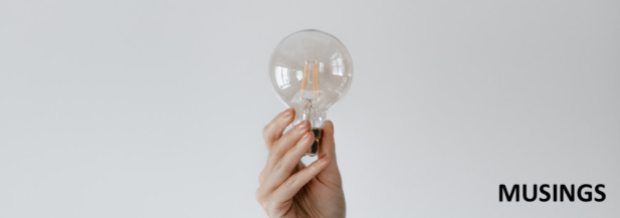
For a while now, I’ve had a career newsletter which allowed you to download the Dream, Think & Act! ebook I’ve written. And that’s all about creating the marketing funnel etc. Now I think perhaps it works better as well if more people could access it without having to surrender email addresses to me. Though you could still subscribe if you decided my ideas are useful – I don’t write very often and it’s usually just 4-6 times a year.
Thank you for giving me the attention and time to read through my random musings and nuggets of thought this year. Please do share my materials more broadly and tell more people about my materials.
For the new year of 2023, I’m putting up my ebook free. And it gets better, the original version that was being circulated around was a pdf. Now you can get it as ebooks which you can read on kindle or your favourite ebook readers. Download Dream, Think & Act! ebook (mobi and epub versions) here.









